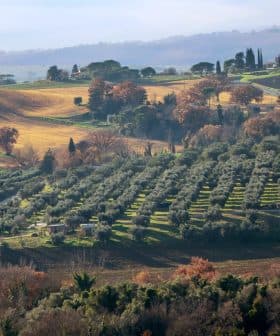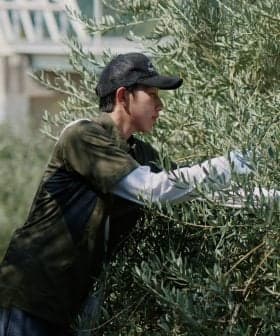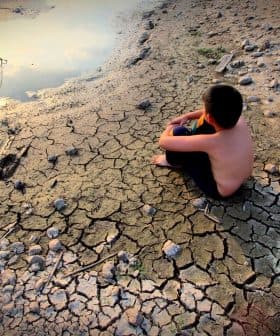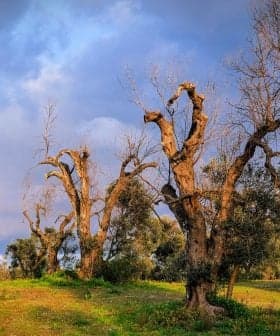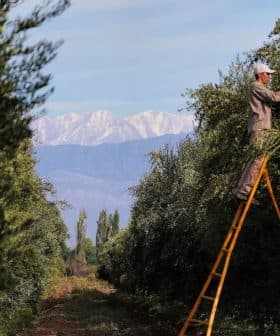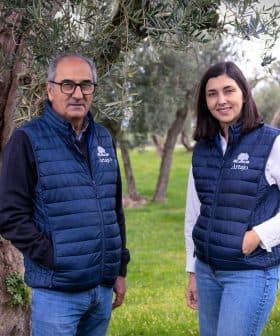Apulian Producer Extols Nuances of a Native Variety
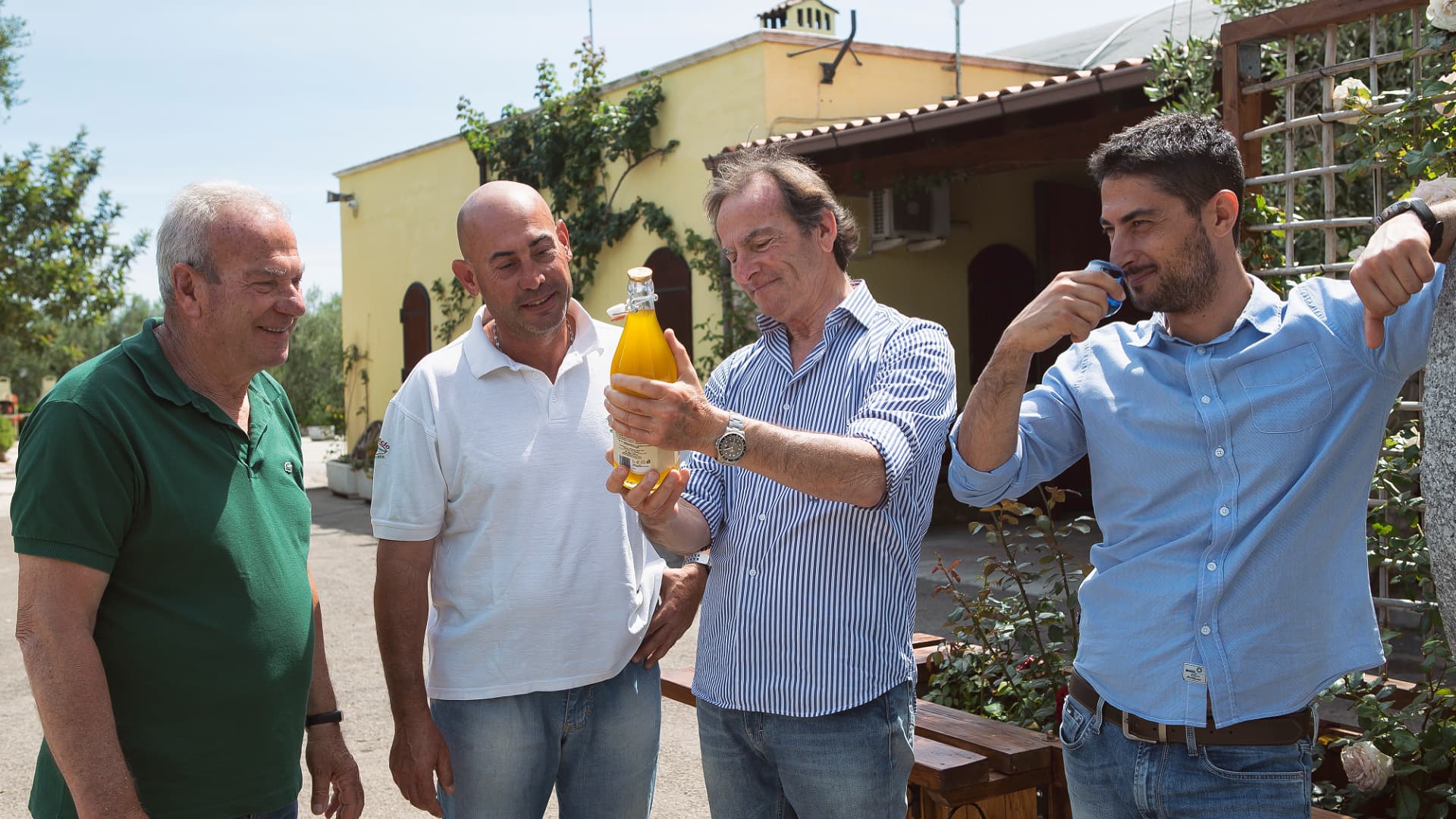
The Gargano Promontory in Italy’s Foggia province is known for its rugged highlands and ancient olive oil production, with Oleificio Fratelli Vieste creating the Aurea brand using Coratina and Ogliarola Garganica olives. The company has adapted to climate change through agronomic practices like specialized pruning and maintaining soil fertility, while also focusing on sustainability and consumer education through tastings and tours.
Rugged highlands and scattered peaks shape the soul of the Gargano Promontory, which stretches into the Adriatic Sea in the northern Apulian province of Foggia.
The region, known as the spur on Italy’s boot, is home to a large national park and is considered one of the most ancient areas of olive oil production in the country.
Climate is the main challenge, even more than pests. Olive trees need cold to rest. When the rhythm changes, everything changes.
There, blending Coratina olives with the autochthonous Ogliarola Garganica cultivar, Oleificio Fratelli Vieste crafted its Aurea brand, which earned a Silver Award at the 2025 NYIOOC World Olive Oil Competition.
The family-run farm and olive oil mill, founded in 1985, has 20 hectares of orchards, primarily dedicated to Ogliarola, Coratina and Leccino olive trees, but thrives on close relationships with local olive growers.
“This is our fortieth year, and many producers have been with us for a very long time,” Raffaele Vieste, co-owner of the company, told Olive Oil Times.
See Also:Producer ProfilesThe mill’s activity originated from a long-standing family tradition of olive farming.
“Our model is based on synergy. We know the producers, we talk with them, and we select the best batches. This allows us to work with different oils and offer variety,” Vieste said.
“We know which olives come from each grove, how and when to harvest them, and how to process them at their best. It’s a job built on mutual knowledge,” he added.
Aurea is made from olives harvested early in October, when yields are low but the aromatic profile is more developed.
“When we harvest so early, the yield does not even reach eight percent,” Vieste said, meaning that for every 100 kilograms of olives processed, no more than eight kilograms of oil are extracted, a yield considered relatively low.
“It’s a risky, even uneconomical, choice, but that’s when Ogliarola Garganica expresses its best notes: almond, vanilla, a hint of tomato,” Vieste said. “It’s a complex yet delicate oil. People appreciate it for its balance.”
According to Vieste, in Aurea, the intense, structured oil from Coratina, a well-known Apulian cultivar, is balanced by the milder Ogliarola.
“In recent years, people tend to bring extreme olive oils to competitions, with very strong fruitiness,” Vieste said.
“We prefer to preserve the identity of our land. Ogliarola must always be there. It is our signature. Even when we use Coratina, we aim for balance, not strength for its own sake,” he added.
While the company produces a wide range of products, including extra virgin olive oil with different profiles, its focus remains on the Ogliarola Garganica cultivar.
“For us, it’s not just a variety, it’s identity. It is an olive oil that, when processed well, tells the story of this land like no other,” Vieste said.
“It has a thousand nuances. Depending on the harvest time, it can range from mild and sweet to intensely green and fruity,” he added.
In recent years, the Vieste farm, like all producers in the region, has had to contend with droughts and heat waves.
“We find ourselves harvesting at 24 ºC in November. We used to start after November 1st, when the cold weather would arrive. Now, that cold seems to have vanished,” Vieste said.
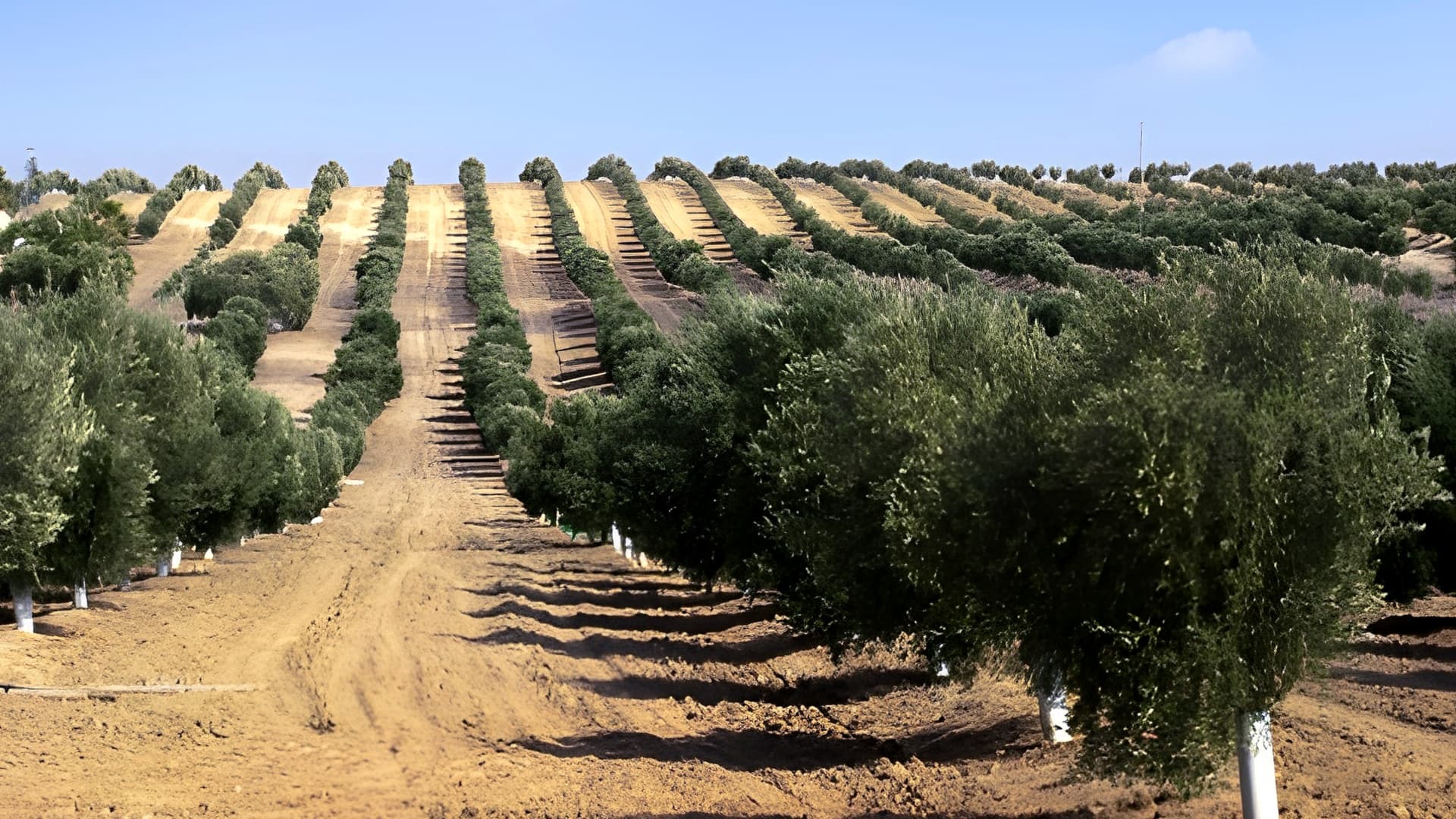
Along with 20 hectares of local olive varieties, Oleificio Fratelli Vieste also relies on local grower partners. (Photo: Oleificio Fratelli Vieste)
Harvesting olives under such conditions requires extra effort to maintain quality, as high temperatures affect the trees, the fruits and the harvest schedule.
“Climate is the main challenge, even more than pests. Olive trees need cold to rest. When the rhythm changes, everything changes,” Vieste said.
To adapt to the impacts of climate change, the company has adopted targeted agronomic practices.
“We’re lucky to have nearby groundwater. Emergency irrigation saves us during critical periods,” Vieste explained.
A crucial part of this adaptation is specialized pruning.
“It may seem trivial, but giving trees the right shape is fundamental. Pruning helps the tree breathe, produce better and withstand heat,” Vieste said.
“Here we have a strong tradition of pruners. Unfortunately, there are fewer and fewer of them. Still, some have recently started teaching the new generations,” he added.
Other practices focus on maintaining soil fertility.
“We try to keep the soil alive, with vegetation cover to retain moisture and support the roots,” Vieste said.
Sustainability is integral to the company’s vision. “We recover everything: olive pomace, olive pits, even pruning residues. We use the pomace as fertilizer, the pits as biomass. We’re planning a biogas plant powered by waste,” Vieste said.
“Some of these practices were used in the past. Today, they are becoming essential again. It’s not just an environmental choice, it’s also an economic one,” he added. “The relationship with consumers is another cornerstone. The farm offers tastings and guided tours of the world of olive oil. Vieste said that consumers are changing as their awareness about olive oil grows.”
“Today, visitors often arrive already informed. They know what to look for, and they recognize defects. Ten years ago, it wasn’t like that,” Vieste recalled. “It’s a cultural effort that’s bearing fruit,” he added.
The Vieste family can now showcase visitors the results of many years of producing high-quality olive oil.
“Authenticity cannot be improvised. It is the result of history, difficult choices, and daily work,” Vieste said. “We continue along this path, convinced that Italian extra virgin olive oil still has so much to say to the world.”


